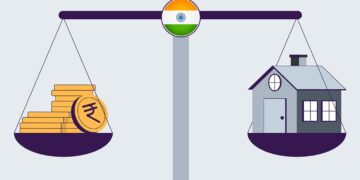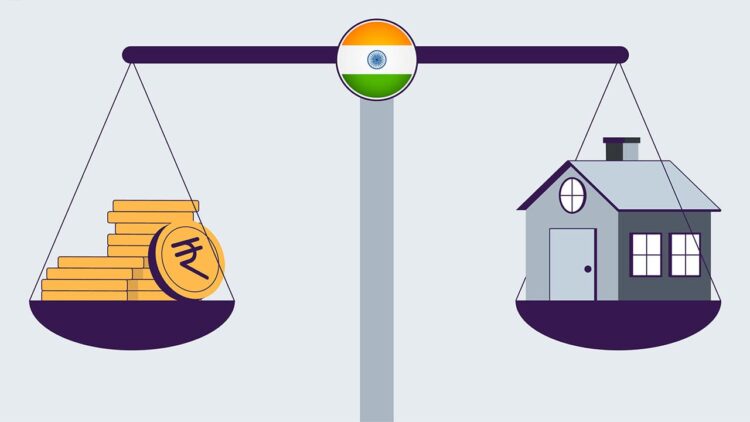The Indian government plans to replace the minimum wage rate with the living wage by 2025 and is seeking a technical assistant from the International Labour Organization.
Minimum Wage vs Living Wage

Read Also: Scientists Uncover Fascinating New Scorpion Species with 8 Eyes and 8 Legs in Thailand
Officials have been engaged with the ILO to bolster the data collection, capacity building, and economic modeling to showcase the benefits of transitioning from minimum to living wage. ILO has endorsed living wages to cover the basic needs of housing, food, education, healthcare, and clothing by surpassing the current minimum wage rate.
In India, most of the workforce operates in an unorganized sector, with daily earnings of around 176. The national wage framework has remained stagnant since 2017 and lacks uniform enforcement across states. However, the wage code was ratified in 2019 and is waiting for implementation to establish a universal wage floor applicable nationwide.
This transition to a Living wage will align with India’s commitment to achieving sustainable development goals by 2030. Sumita Dawra, the labor secretary, has stressed the importance of integrating education, health, and living standards into calculating living wages, echoing India’s national poverty assessment framework, which employs multidimensional indicators. Dwara also emphasized the need for a comprehensive evaluation encompassing social, economic, and demographic factors to determine the equitable living wage standard tailored to India’s development trajectory.
With over 500 million workers in India’s labor force, implementing living wages will represent a monumental step towards sustainable growth and socioeconomic equality.
To get more out of our exclusive news, Join us on our WhatsApp Channel, Facebook, and Instagram.















